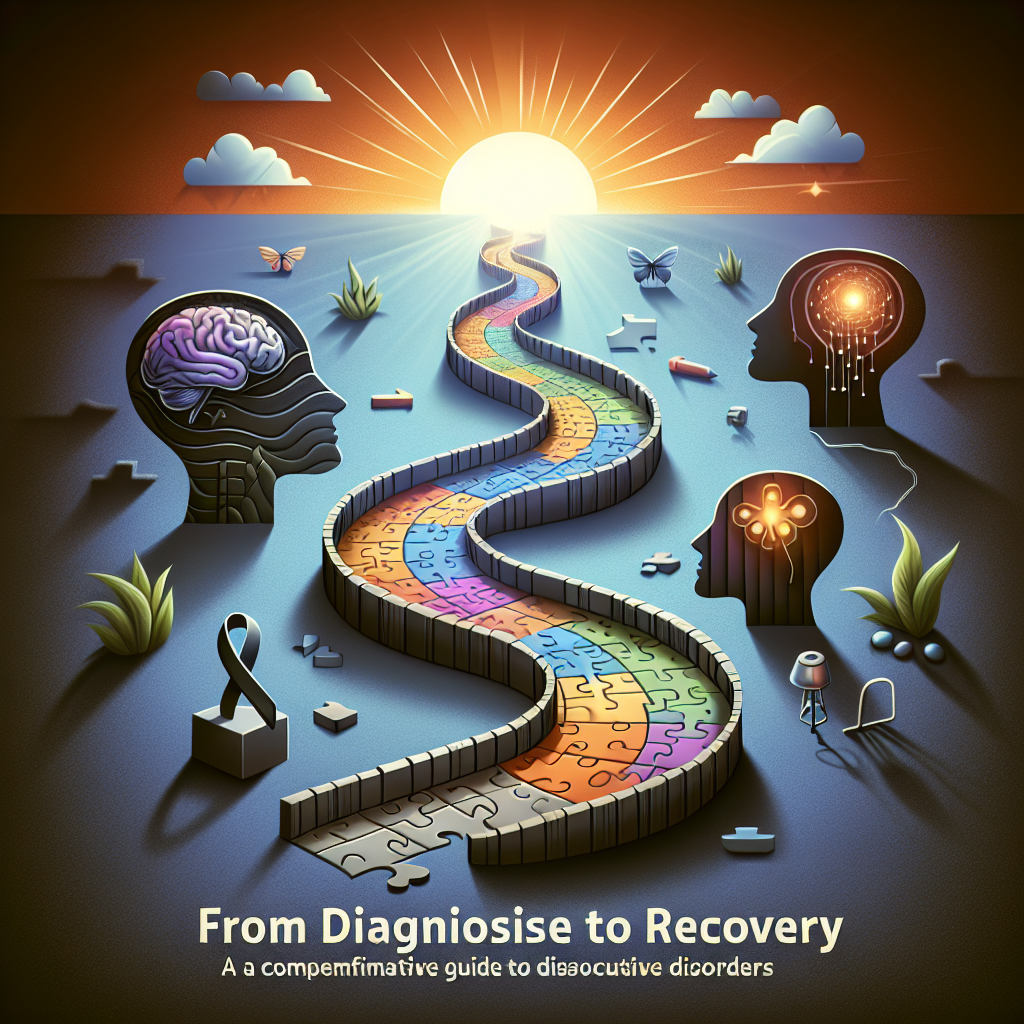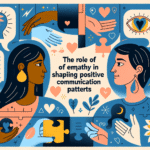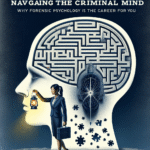
From Diagnosis to Recovery: An Essential Guide to Dissociative Disorders
Introduction
Imagine walking through your life with a sense of unreality, feeling detached from yourself and the world around you. This disorienting experience characterizes dissociative disorders, a group of mental health conditions often misunderstood and misdiagnosed. In this comprehensive guide, “From Diagnosis to Recovery: A Comprehensive Guide to Dissociative Disorders,” we seek to illuminate the path from understanding these complex disorders to effective recovery strategies. By addressing misperceptions and providing actionable insights, we aim to empower both individuals affected by dissociative disorders and their loved ones.
Understanding Dissociative Disorders
What Are Dissociative Disorders?
Dissociative disorders are characterized by disruptions in a person’s consciousness, memory, identity, or perception. These disorders are often the result of trauma, particularly childhood abuse or neglect. The Diagnostic and Statistical Manual of Mental Disorders (DSM-5) categorizes dissociative disorders into three main types:
- Dissociative Identity Disorder (DID): Previously known as multiple personality disorder, DID involves the presence of two or more distinct personality states.
- Dissociative Amnesia: This condition involves an inability to recall important autobiographical information, typically associated with trauma or stress.
- Depersonalization/Derealization Disorder: This disorder involves feelings of detachment from one’s thoughts, body, or surroundings.
Identifying Symptoms
Being able to recognize the symptoms of dissociative disorders is the first step towards understanding and recovery. Common symptoms may include:
- Memory loss for specific events or periods
- A feeling of detachment from oneself or one’s surroundings
- Confusion about identity
- The presence of alternate identities or personalities
Case Study: Sarah’s Journey with DID
Sarah, a 28-year-old teacher, struggled for years with unexplained gaps in her memory. After several traumatic events during her childhood, she began to experience episodes where she felt like different people altogether. It wasn’t until a comprehensive psychiatric evaluation that she was diagnosed with Dissociative Identity Disorder. This diagnosis marked the beginning of her path to recovery, involving therapy and support groups.
Analysis
Sarah’s case highlights how critical it is for individuals experiencing symptoms to seek a thorough evaluation. Understanding the nature of her condition empowered her to navigate her recovery journey effectively.
The Diagnostic Process
Steps to Diagnosis
Diagnosing dissociative disorders involves several important steps:
- Clinical Interviews: Licensed mental health professionals will conduct interviews to gather a comprehensive history of symptoms and experiences.
- Psychological Assessments: Standardized tools and questionnaires are often used to evaluate dissociation levels.
- Medical Evaluation: A thorough medical check-up helps rule out other conditions that may mimic dissociative symptoms.
Common Misdiagnoses
Dissociative disorders are often misdiagnosed, leading to ineffective treatments. Conditions like bipolar disorder, major depressive disorder, or PTSD may initially seem similar. Therefore, it’s crucial that professionals are trained in recognizing dissociative disorders correctly.
| Disorder | Common Symptoms | Potential for Misdiagnosis |
|---|---|---|
| Dissociative Identity Disorder | Disruptions in identity, gaps in memory | Bipolar disorder, borderline personality disorder |
| Dissociative Amnesia | Memory loss related to trauma | PTSD, depression |
| Depersonalization Disorder | Feelings of unreality or detachment | Anxiety disorders, schizophrenia |
Pathways to Recovery
Therapeutic Approaches
Recovering from dissociative disorders often requires a combination of therapies tailored to the individual’s needs. The following treatment modalities are commonly used:
- Cognitive Behavioral Therapy (CBT): Helps patients reframe negative thoughts and cope with trauma.
- Eye Movement Desensitization and Reprocessing (EMDR): Particularly effective for trauma-related issues.
- Dialectical Behavior Therapy (DBT): Blends cognitive-behavioral techniques with mindfulness, helping manage emotional responses.
Integrated Treatment and Support
Support from family and friends, along with professional help, is crucial for recovery. Integrative approaches may include:
- Support Groups: Connecting with others who have similar experiences can be profoundly healing.
- Mindfulness Practices: Techniques like meditation can help ground individuals in the present moment.
Case Study: Michael’s Recovery Journey
Michael, a 35-year-old father, was diagnosed with dissociative amnesia following a traumatic car accident. His treatment involved CBT and a supportive community group. Over time, he was able to reprocess his traumatic memories and build a healthier relationship with his past.
Analysis
Michael’s case illustrates the importance of integrated treatment approaches and community support in the healing journey for those affected by dissociative disorders.
Lifestyle Changes and Coping Strategies
In addition to professional treatment, certain lifestyle modifications can support recovery:
- Healthy Relationships: Building a support network with understanding friends and family can contribute to healing.
- Routine and Structure: Establishing a daily routine can provide a sense of stability.
- Self-Care: Practices like exercise, journaling, and hobbies can improve emotional well-being.
Conclusion
The journey “From Diagnosis to Recovery: A Comprehensive Guide to Dissociative Disorders” not only involves understanding the complex nature of these conditions but also embracing recovery as a multifaceted path. By fostering awareness, debunking myths, and providing actionable strategies for improvement, we can encourage individuals to take control of their narratives. Recovery is not only possible; it is attainable.
Actionable Insights
- If you or someone you know is experiencing symptoms related to dissociative disorders, prompt evaluation by a mental health professional is essential.
- Educate yourself and your community to break the stigma surrounding mental health.
- Engage in support networks and therapeutic practices to foster a sense of connectedness.
FAQs
1. What should I do if I think I have a dissociative disorder?
Seek a consultation with a mental health professional who can provide a thorough evaluation and recommend an appropriate treatment plan.
2. Can dissociative disorders be cured?
While complete "cure" may not be the case for everyone, effective treatment can lead to significant improvement and management of symptoms.
3. How long does recovery take?
Recovery timelines vary based on individual circumstances, including the severity of symptoms and the types of therapies used. Many individuals find ongoing support beneficial.
4. Are there specific therapies recommended for children with dissociative disorders?
Child-focused therapeutic approaches often incorporate play therapy, family therapy, and age-appropriate CBT techniques.
5. Can lifestyle changes really impact recovery?
Yes, positive lifestyle changes such as regular exercise, balanced diet, and strong social support systems can significantly enhance mental health and support recovery efforts.
This comprehensive guide aims to offer clarity and hope for those on their journey from diagnosis to recovery in the realm of dissociative disorders. Together, let’s continue to foster understanding and healing for individuals navigating these complex challenges.















